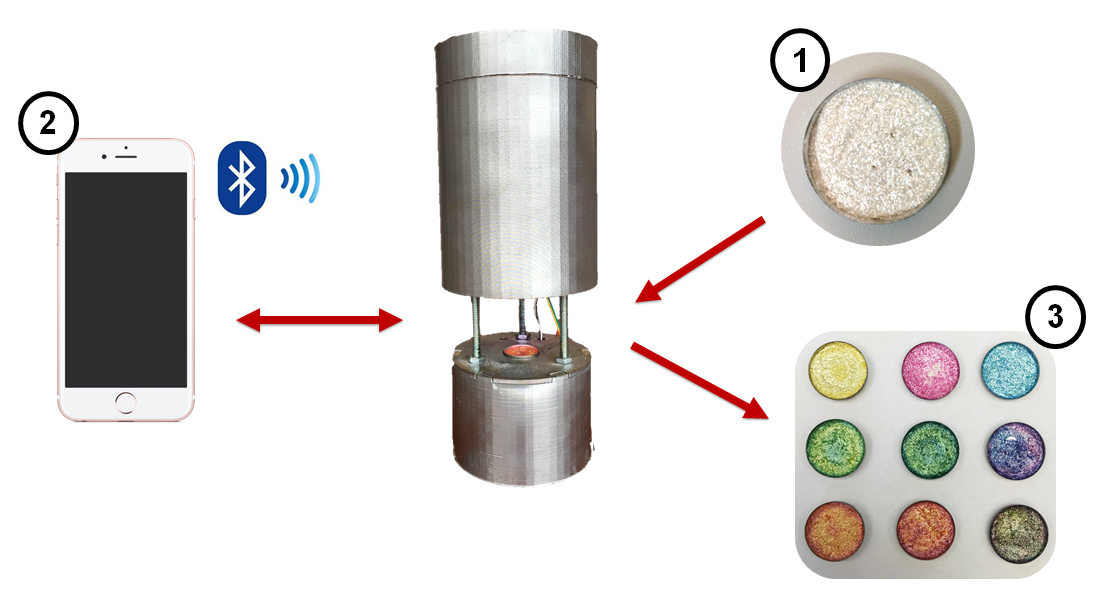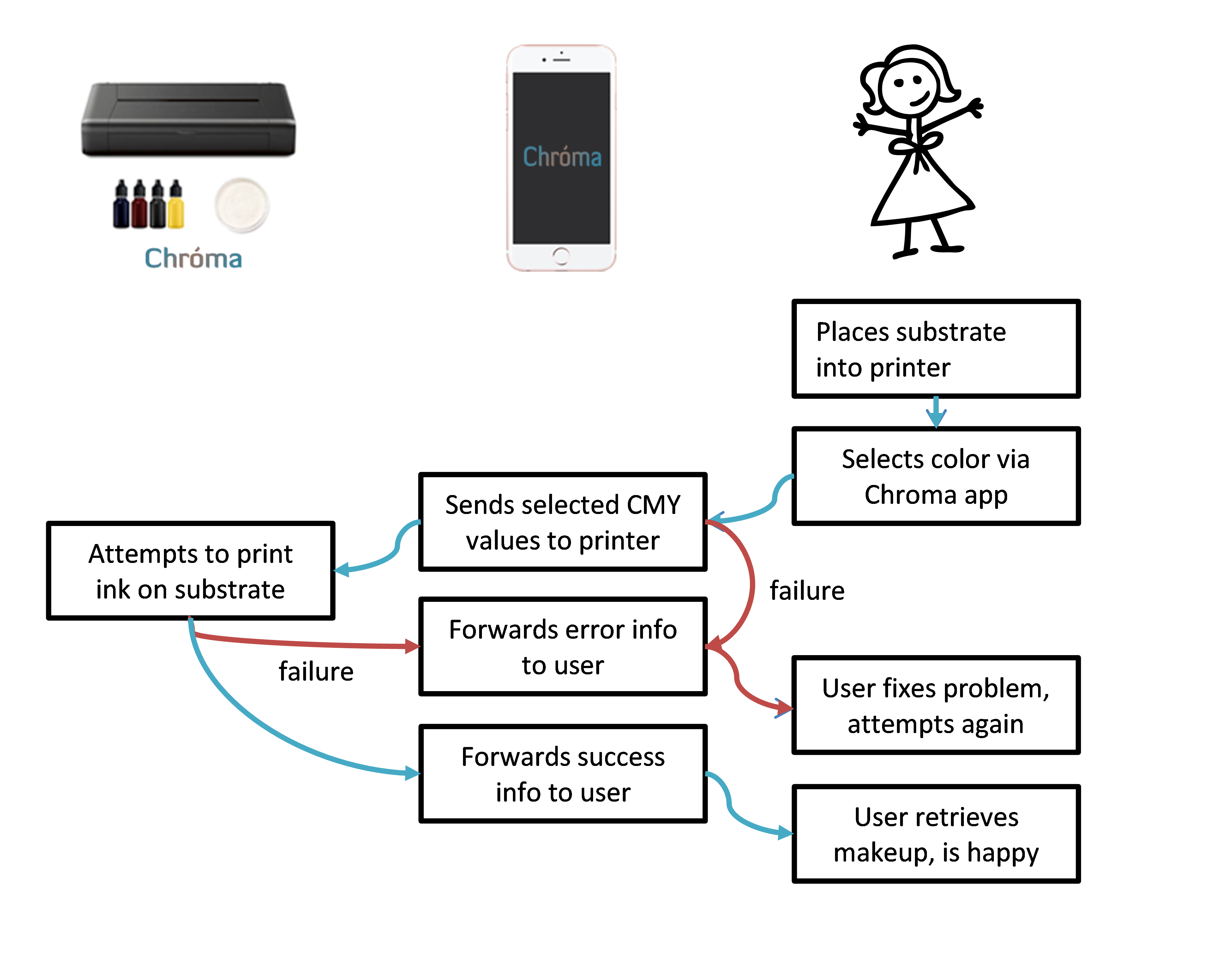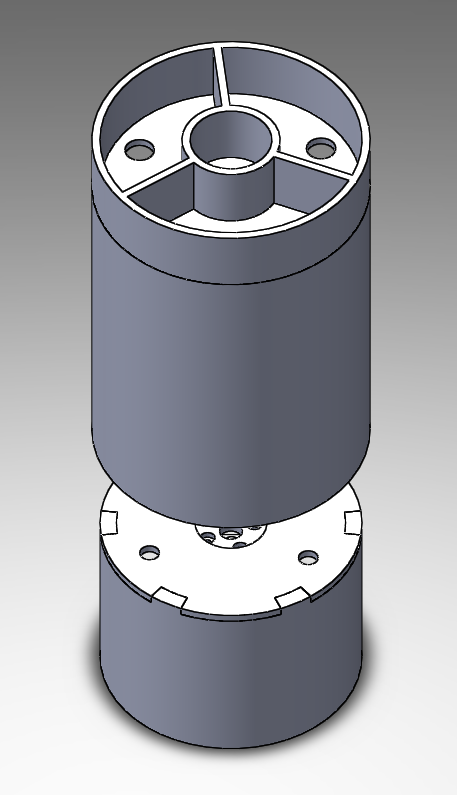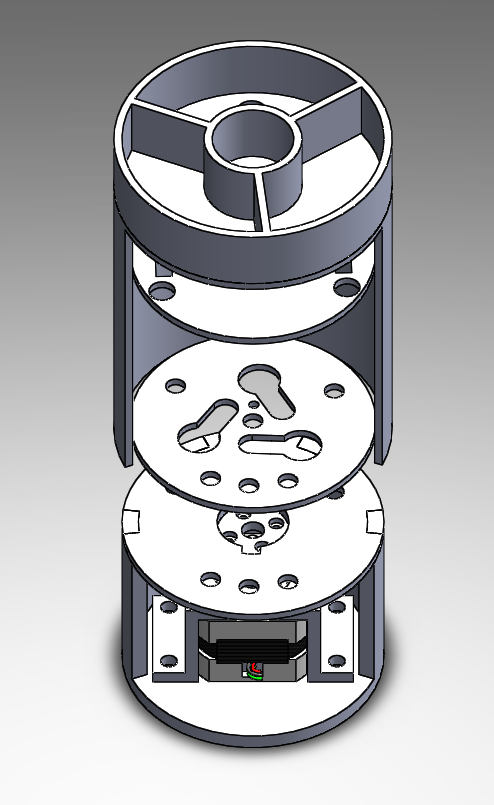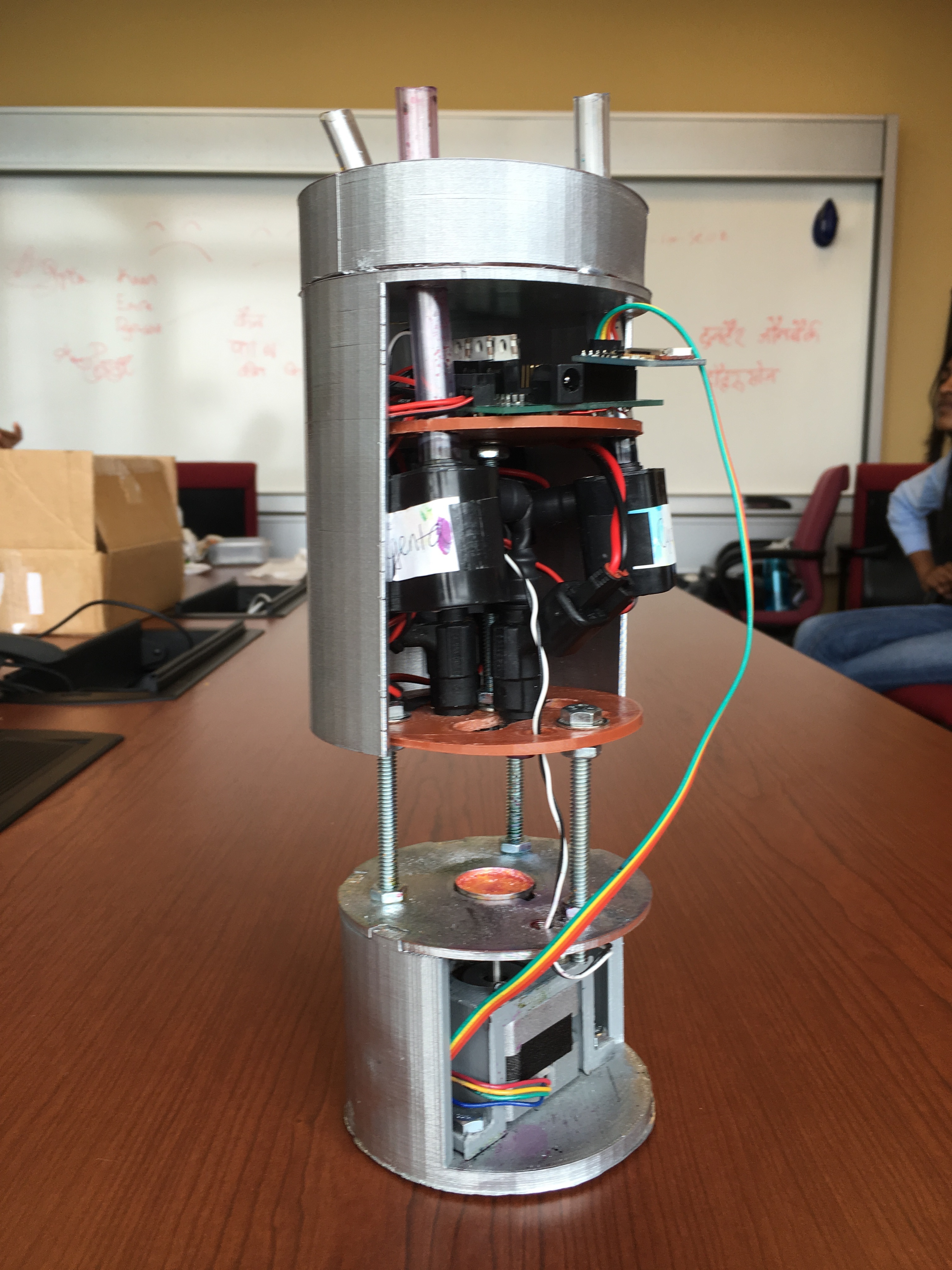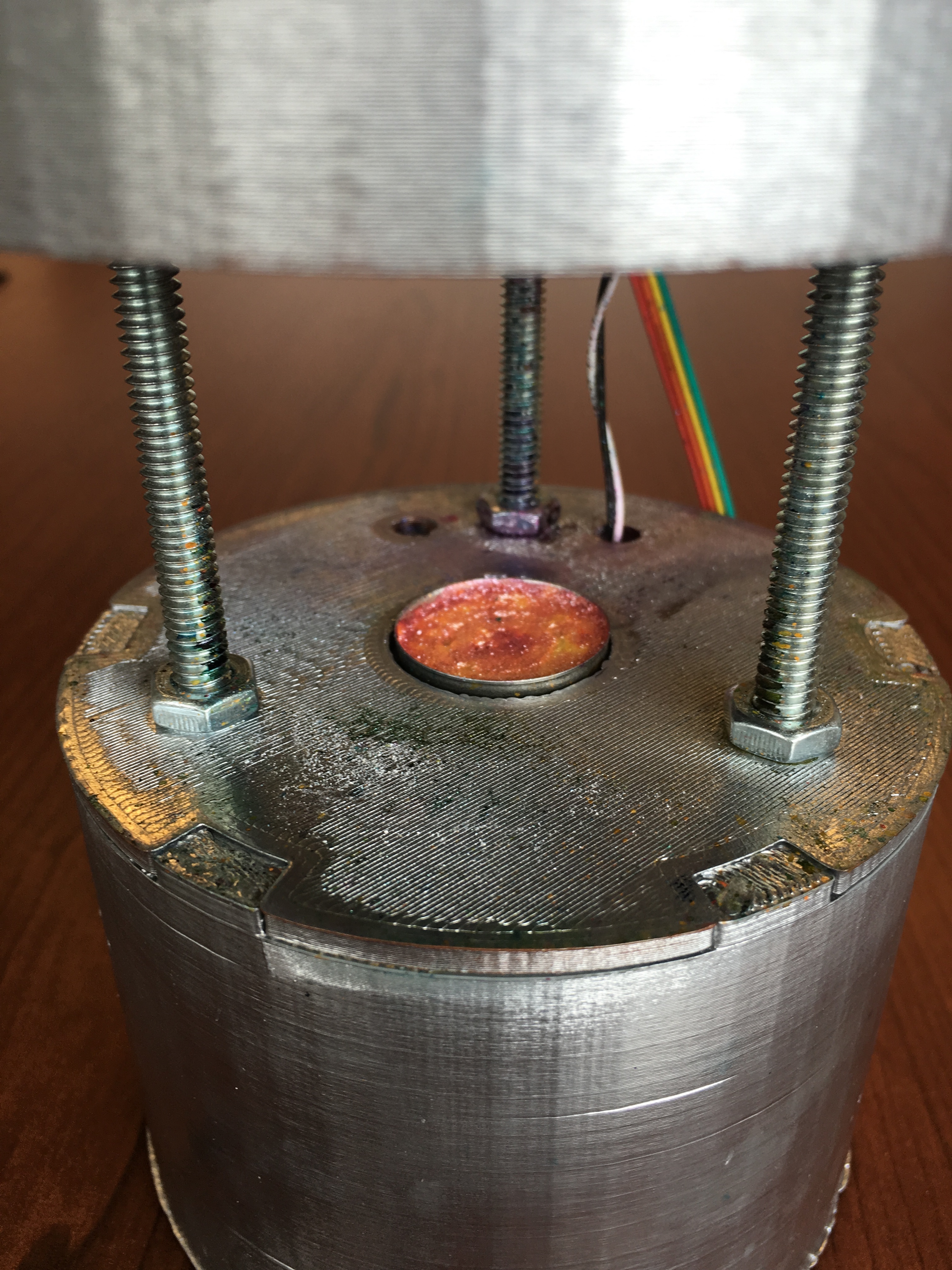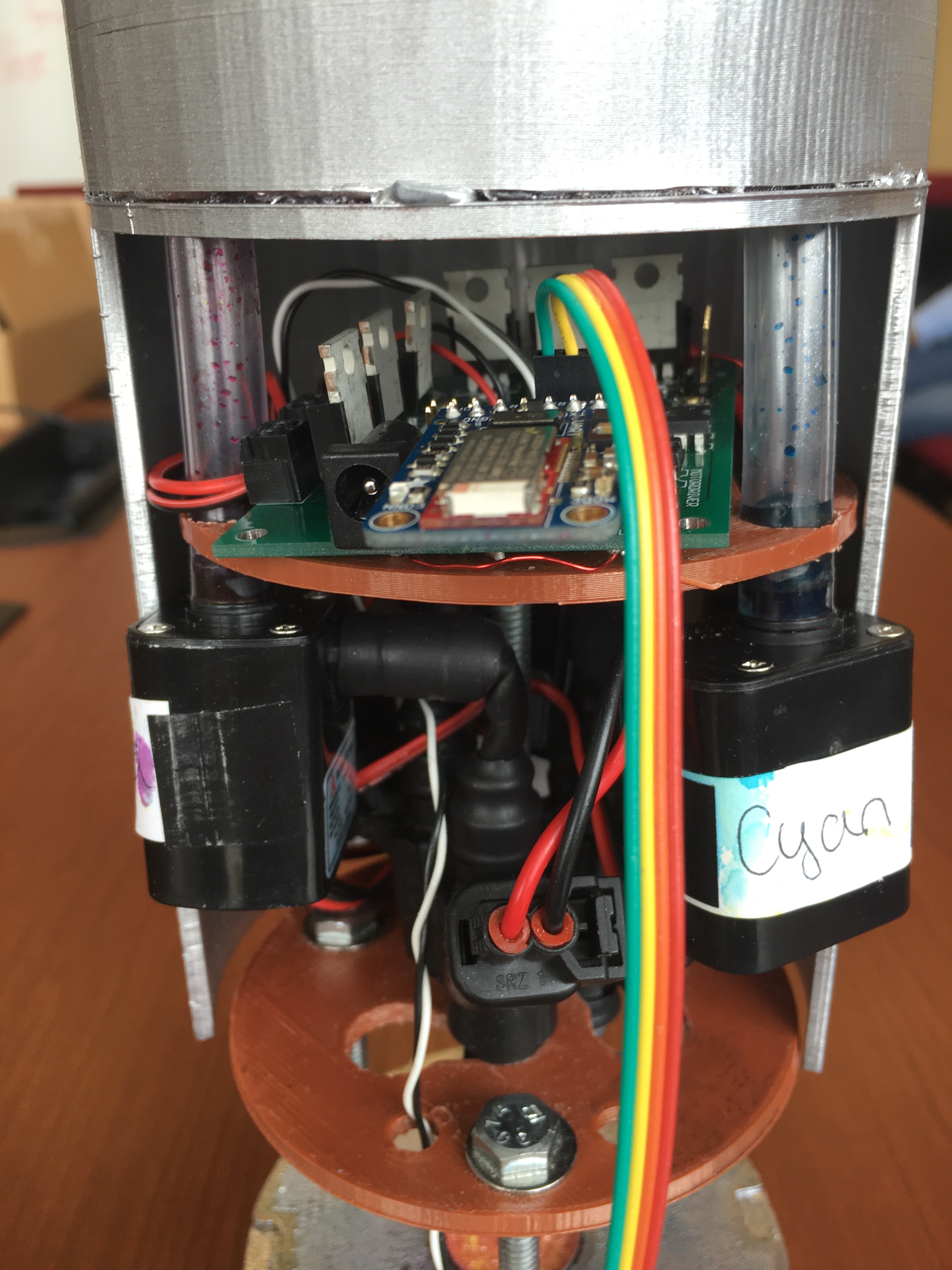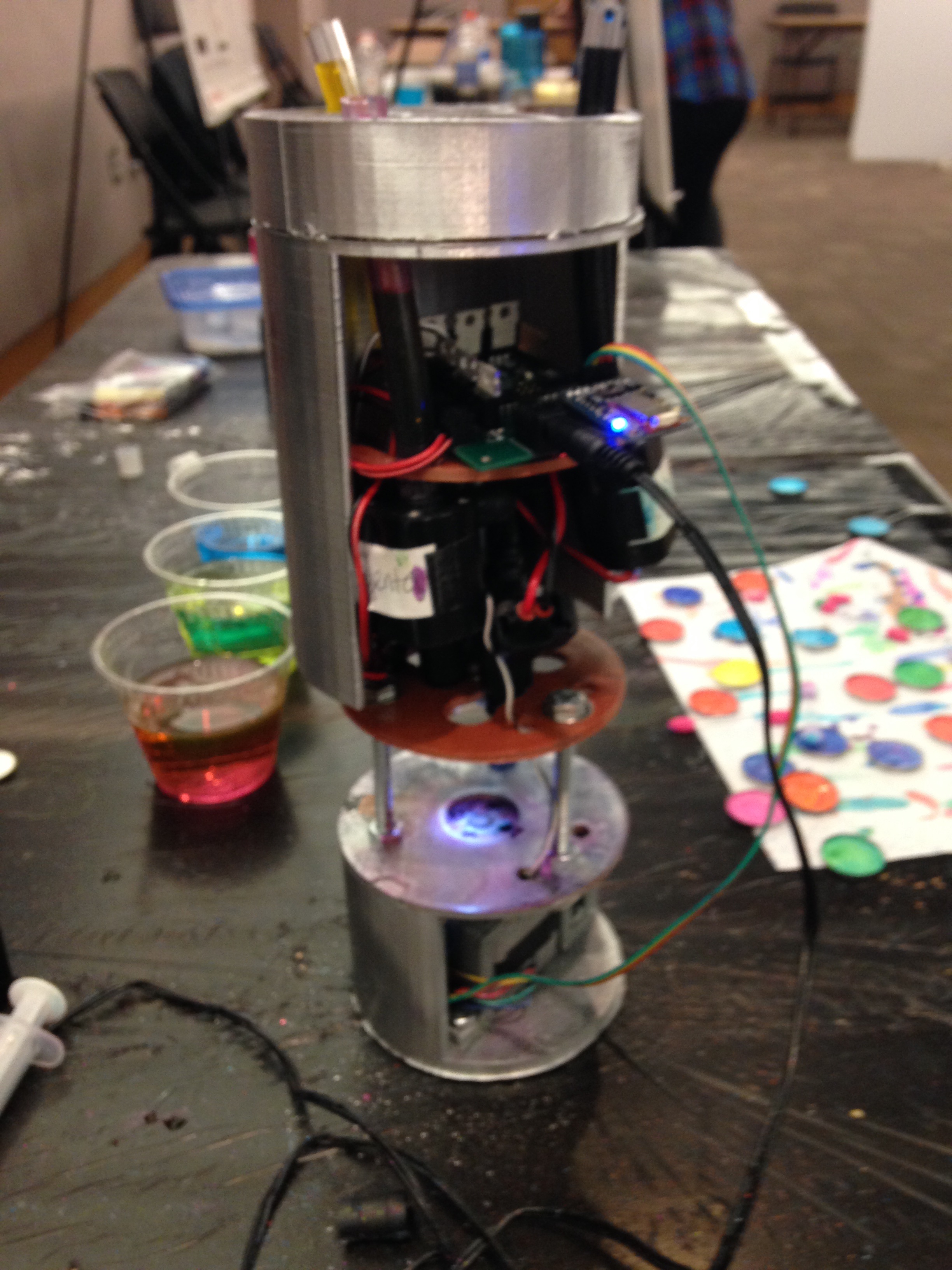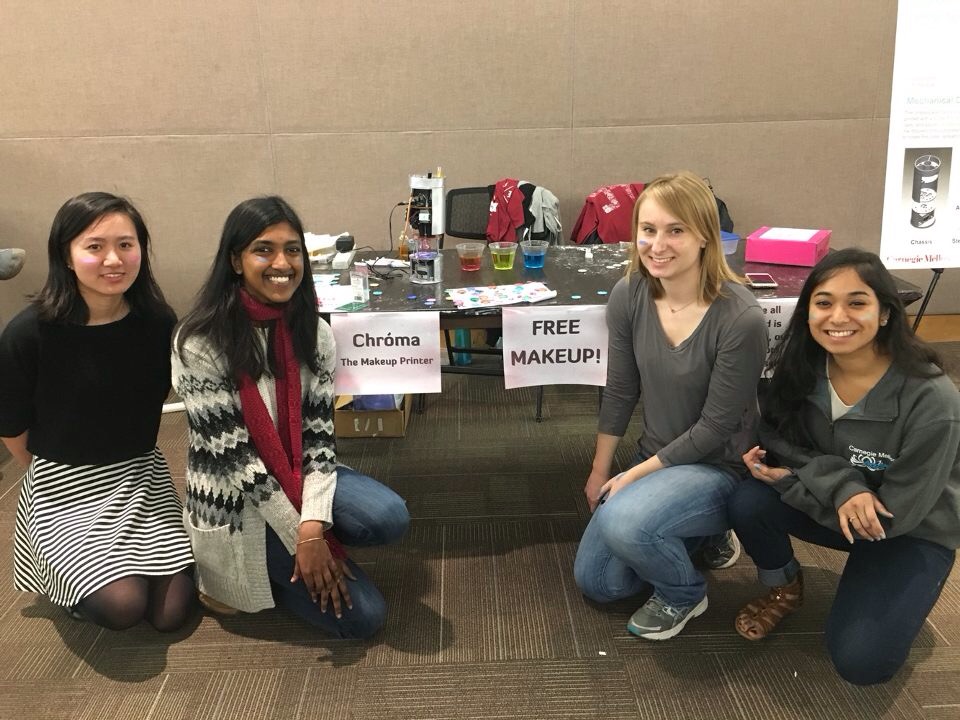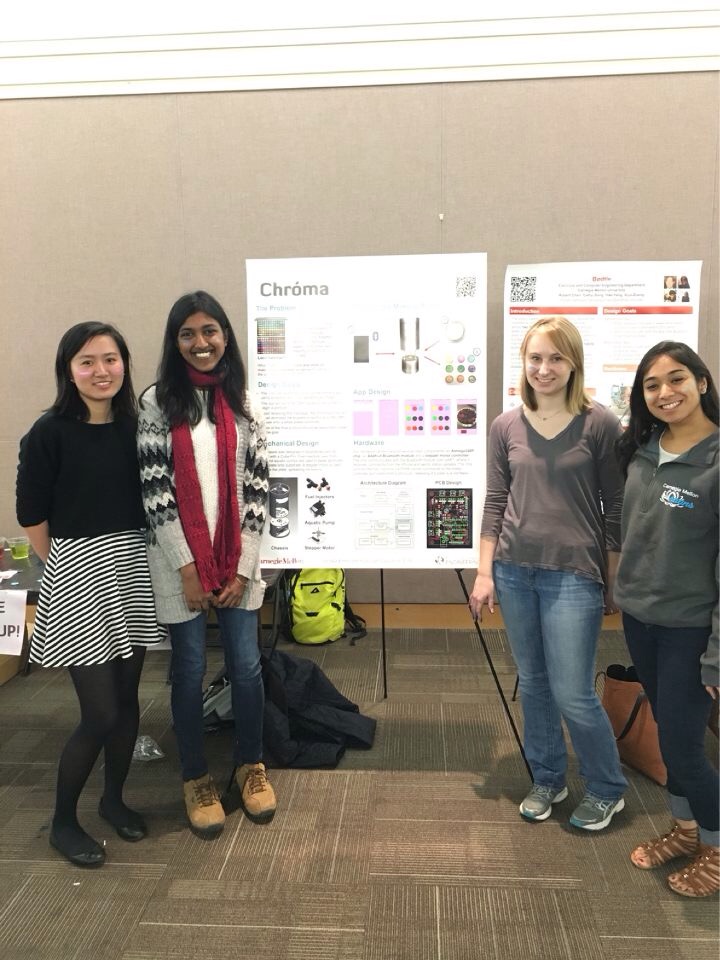Chroma Makeup Printer
Jenna MacCarley, Jin Bing Lin, Udgeetha Mallampalli, Nandini Ramakrishnan
Our concept is simple
Our project will allow makeup users the ability to create unlimited shades of powdered makeup that cosmetic stores can’t provide, in a cost-effective and quick manner. The prototype uses an iOS app, Bluetooth-enabled smartphones, and an embedded printer component which incorporates fuel injector technology.
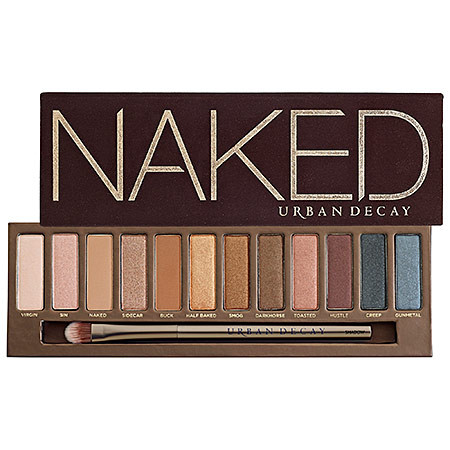

Currently, people are forced to choose between cheap limited shades of makeup and expensive unique shades.
With our prototype users will be able to print any color of makeup from home, using inexpensive base powder and selecting a color on the accompanying Chroma app.
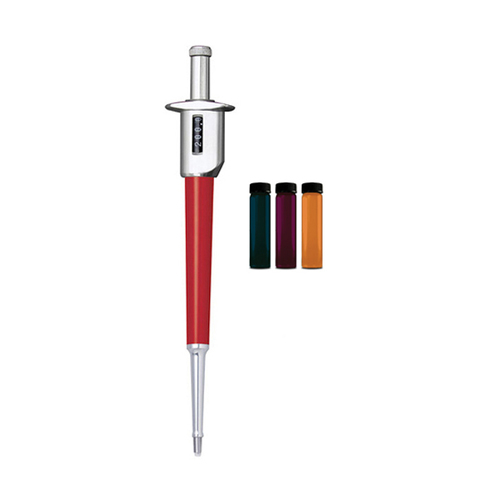
Mink Pen
Our most direct competition, the Mink Pen is a product built for manually measuring ink and mixing your own makeup, a time consuming and messy process of over 12 required steps. Our product would eliminate all manual work the pen requires, allowing the user to simply select a color on the app and press print to have the Chroma printer give you an eye shadow substrate with the correct mix of CMY values. Read more about Mink here
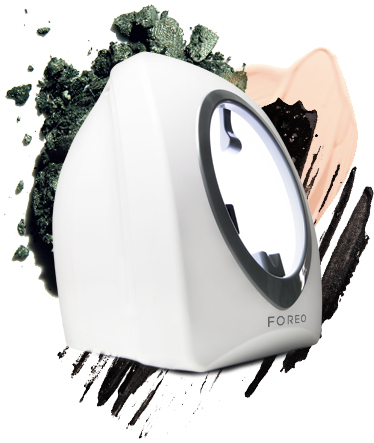
MODA Printer
The MODA Printer has the user select a makeup look on a mobile app, place your face into the printer and will therefore spray the makeup directly onto your face. Our Chroma Makeup Printer provides the right amount of technology involvement in the makeup process by accelerating how makeup is created but not by putting the user at safety risk. Read more about MODA here
Functional Requirements
Non-Functional Requirements
The user can select any color via the Chroma app using a color picker or by uploading an image
Quantity requirement: Quantity of the final product will be enough to last for 1-2 uses
Smartphone shall communicate with the Chroma printer via Bluetooth, and be able to send the CMY values from the app to the printer to begin a print job
Cost requirement: Chroma printer should be under $350, which is the price of competitive products
Upon receiving the message from the app, the Chroma printer shall expel atomized ink droplets proportional to CMY values onto a white powder substrate
Size requirement: Chroma printer should be smaller than a regular printer
The printer will expel ink droplets in such a fashion as to cover the whole substrate, as evenly as possible
Timing requirement: Chroma printer should take no more than one minute to prepare final product
Colour of the final product should be reasonably close to goal
Use Cases
Ideal Use Case
- 1. User places substrate into the printer
- 2. User launches the Chroma application, and selects a color from a color picker or from a picture in their photo library
- 3. The Chroma application sends the CMY values matching that color to the printer to initiate a job. The printer confirms there is a substrate in the printer and if so,attempts the print job
- 4. The printer sends a bluetooth message back to the phone application confirming that the print job was successful or explaining why the print job failed
Error Cases
- 1. If there was no substrate in the Chroma printer detected
- 2. If the Chroma printer does not have enough CMY dyes
- 3. If there was a failure with controlling the stepper motor or the ink injection apparatus
- 4. If the phone failed to communicate with the printer via bluetooth
System Architecture

Hardware Architecture
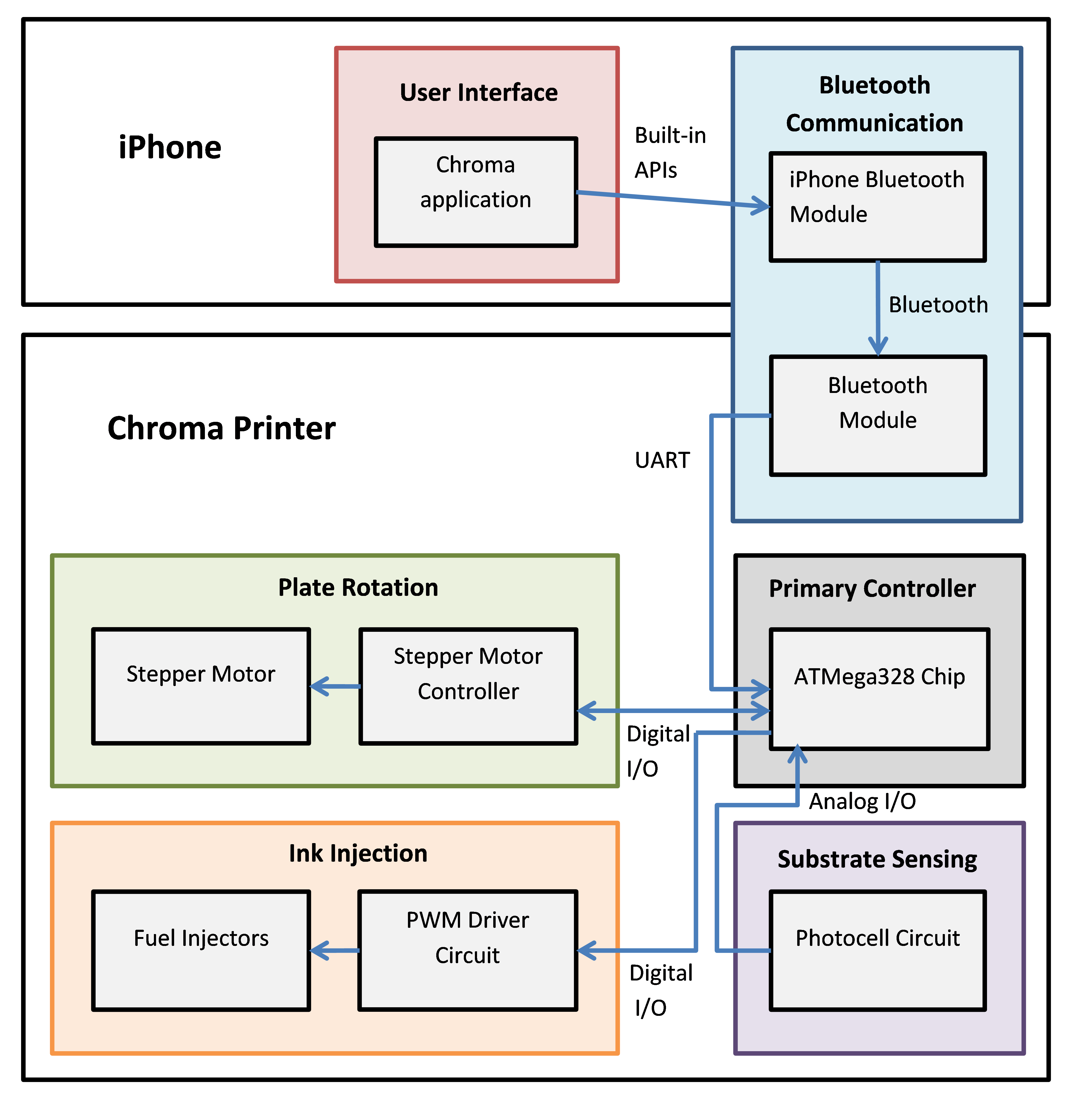
Finite State Machine

PCB Design

